Are the angles 1 and 2 given in Fig. 16 adjacent angles?
To determine whether angles 1 and 2 in the given figure are adjacent angles, we need to follow these steps:
1. Understand the Definition of Adjacent Angles:
- Adjacent angles are defined as two angles that share a common side and have a common vertex.
2. Identify the Angles in the Figure:
- Look at the figure provided (Fig. 16) and identify angles 1 and 2.
3. Check for a Common Side:
- Determine if angles 1 and 2 share a common side. This means that one of the sides of angle 1 should be the same as one of the sides of angle 2.
4. Check for a Common Vertex:
- Verify if angles 1 and 2 have the same vertex. The vertex is the point where the two sides of the angle meet.
5. Conclusion:
- If angles 1 and 2 have a common side and a common vertex, then they are adjacent angles. If they do not share both, then they are not adjacent angles.
Application to Angles 1 and 2:
- From the analysis, we find that angles 1 and 2 share a common side, but they do not have the same vertex. Therefore, according to the definition of adjacent angles, angles 1 and 2 are not adjacent angles.
Final Answer:
Angles 1 and 2 are not adjacent angles.
---
- Adjacent angles are defined as two angles that share a common side and have a common vertex.
- Look at the figure provided (Fig. 16) and identify angles 1 and 2.
- Determine if angles 1 and 2 share a common side. This means that one of the sides of angle 1 should be the same as one of the sides of angle 2.
- Verify if angles 1 and 2 have the same vertex. The vertex is the point where the two sides of the angle meet.
- If angles 1 and 2 have a common side and a common vertex, then they are adjacent angles. If they do not share both, then they are not adjacent angles.
Angles 1 and 2 are not adjacent angles.
Topper's Solved these Questions
Similar Questions
Define Adjacent angles.
View SolutionWrite five pairs of adjacent angles.
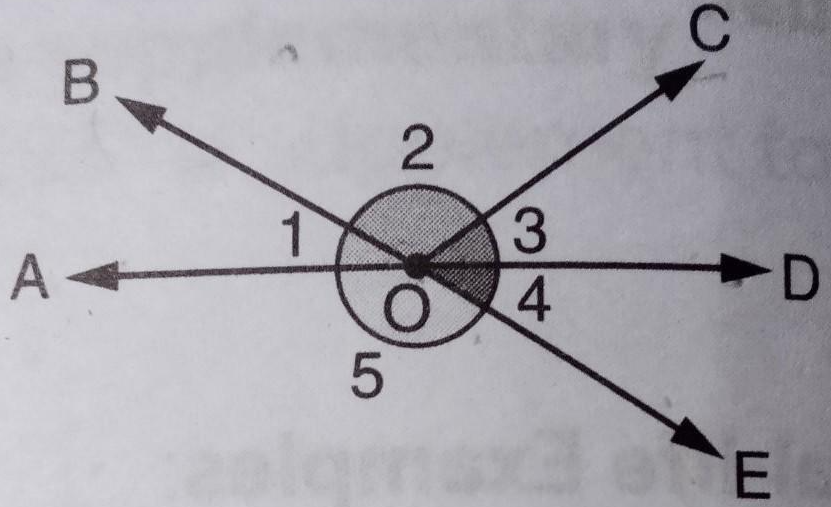
View SolutionIn the figure given alongside.
Name the adjacent angles.
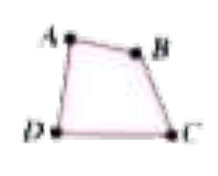
View SolutionIn Fig. B.
Name the angle that is represented by ∠1.
(b) Name all the pairs of adjacent angles.
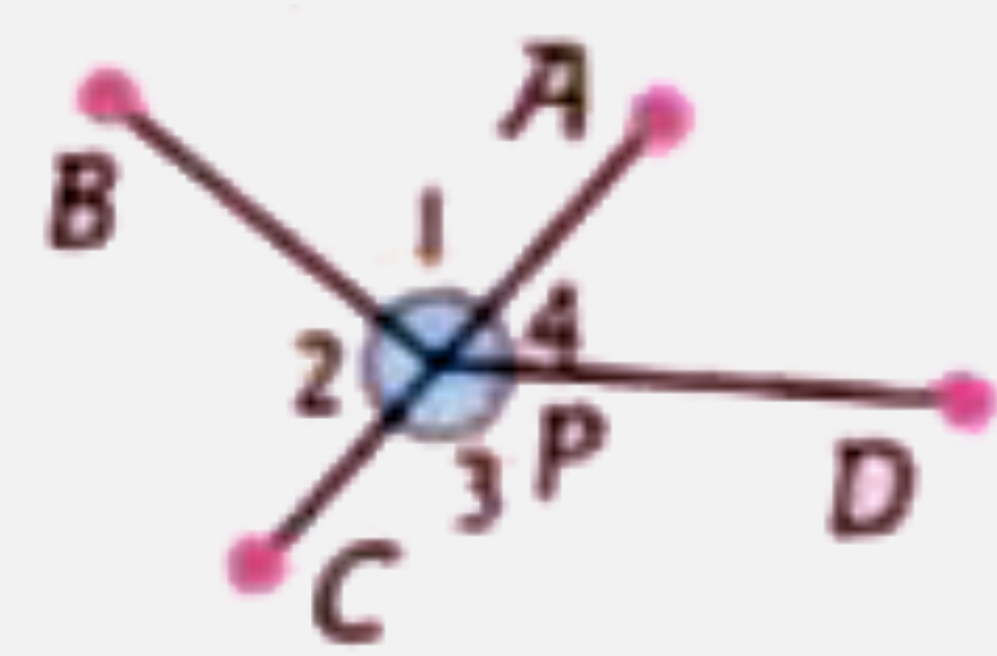
View SolutionIn Figure, ABCD is a quadrilateral. Name a pair of adjacent sides. Name a pair of opposite sides. How many pairs of adjacent sides are there? How many pairs of opposite sides are there? Name a pair of adjacent angles. Name a pair of opposite angles. How many pairs of adjacent angles are there? How many pairs of opposite angles are there?
View SolutionTwo lines AB and CD are cut by a transversal EF, as shown in the figure. Identify the given pair of angles as adjacent angles, vertically opposite angles, alternate angles, corresponding angles or co-interior angles
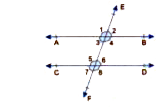
∠1and∠4
View SolutionTwo lines AB and CD are cut by a transversal EF, as shown in the figure. Identify the given pair of angles as adjacent angles, vertically opposite angles, alternate angles, corresponding angles or co-interior angles
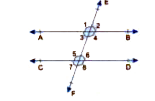
∠1and∠5
View SolutionTwo lines AB and CD are cut by a transversal EF, as shown in the figure. Identify the given pair of angles as adjacent angles, vertically opposite angles, alternate angles, corresponding angles or co-interior angles

∠2and∠7
View SolutionTwo lines AB and CD are cut by a transversal EF, as shown in the figure. Identify the given pair of angles as adjacent angles, vertically opposite angles, alternate angles, corresponding angles or co-interior angles
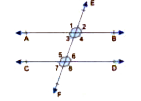
∠2and∠4
View SolutionTwo lines AB and CD are cut by a transversal EF, as shown in the figure. Identify the given pair of angles as adjacent angles, vertically opposite angles, alternate angles, corresponding angles or co-interior angles

∠2and∠6
View Solution
